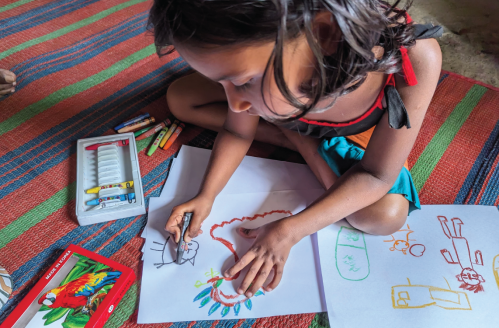Surely the least surprising sentence ever uttered by a researcher is: ‘We need more data’. Still, when it comes to social mobility one thing is clear: we need more data. The last major social mobility study in the U.S. was undertaken in 1973.
As David Grusky, Timothy Smeeding and Matthew Snipp write in the latest Annals of the American Academy of Political and Social Science, the U.S. has ‘allowed its infrastructure for monitoring mobility to fall into disrepair…It is rather like formulating U.S. monetary and labor market policy without knowing whether unemployment is increasing or decreasing’.
A Festive Feast of Scholarship
Grusky, Smeeding and Snipp are the Three Musketeers of mobility data collection and have edited a special edition of the Annals, titled ‘Monitoring Social Mobility in the Twenty-First Century’. There is a magisterial overview of the field from Florencia Torche; analyses of the role of family change from Laura Tach and Robert Mare; and a discussion of occupational classifications in intergenerational patterns from Bhashkar Mazumder and Miguel Acosta.
There are also contributions from Chandra Muller on the distinct challenge of measuring skill, as opposed to simply education; and from Bob Putnam and his colleagues on the ‘engagement gap’ in extra-curricular activities; and plenty more besides. In all, a festive feast for the mobility-inclined wonk or scholar.
A New Infrastructure for Monitoring Social Mobility
The volume’s biggest contribution, however, is in setting out a series of options for improving the quality of data in the field. Grusky, Smeeding and Snipp call for a ‘new infrastructure’ for measurement, making use of existing data sources. Specifically, they propose adding identification keys to the individual records in the decennial censuses from 1960 to 1990, and using these keys to link to the 2008-2013 American Community Survey (ACS) and other administrative datasets. Finally, they propose linking children and parents in the resulting panel, using Social Security Numbers. There are similar contributions from John Robert Warren, who urges more investment in the General Social Survey, supplements to the Survey of Income and Program Participation (SIPP), the Current Population Survey (CPS), as well as the ACS. David Johnson, Catherine Massey and Amy O’Hara explore linkages between administrative datasets.
Yes, yes, we know: not very exciting. But high-quality data provides the essential foundation for understanding complex social and economic trends. There are signs of hope: Paul Ryan’s proposed Clearing House for Program and Survey Data (which we have applauded) as well as increased interest in evidence-based policies that rely on robust data sources.
Social mobility has been getting more attention in political and scholarly circles in the last couple of years. It is time to get some better numbers, too. As I write in my own contribution to the Annals volume (available here): “To make progress, we will need…a strong commitment to improving our empirical understanding of the dynamics of mobility. When success in life depends on our start in life, the ideal of American fairness is imperiled. Our measures of social mobility, then, are not merely empirical ones. They are the measure of the nation.”
The Brookings Institution is committed to quality, independence, and impact.
We are supported by a diverse array of funders. In line with our values and policies, each Brookings publication represents the sole views of its author(s).




Commentary
The Measure of a Nation: The Need for Better Data on Social Mobility
December 22, 2014